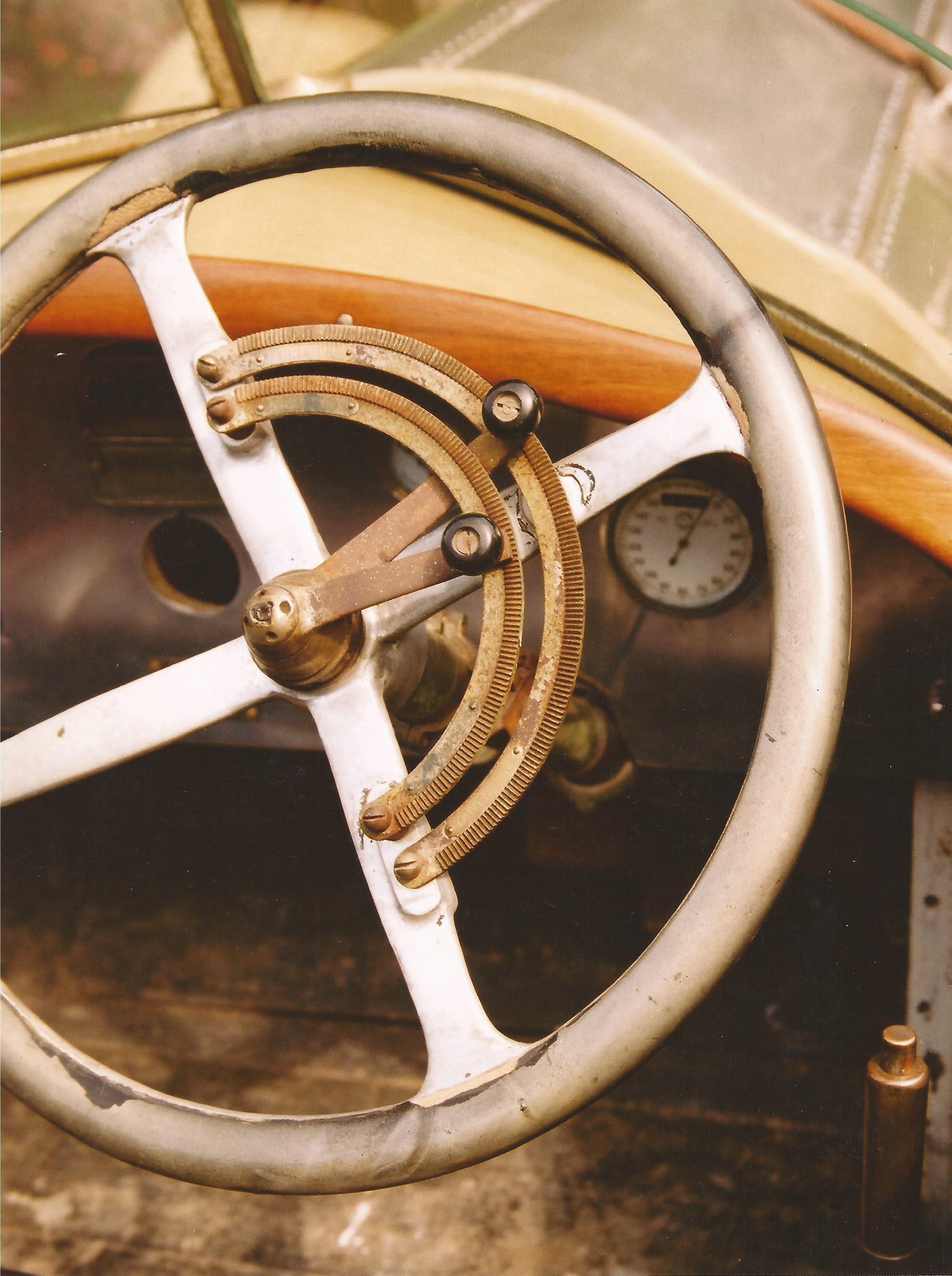Turcat Mery
The Story Of An Automobile Trapped by History
Turcat Méry was one of many small French automobile constructors during the first couple of decades of the twentieth century. At a time when technology advanced every day, most of these small companies fell by the wayside, but Turcat Méry was known for the quality of its cars, catering to a wealthy clientele wanting reliability and exclusivity. Then came the first world war, and car production abruptly ceased. 1919 saw the company recommencing production, but in a sorry financial state. The cost of materials were rising all the time, and the cost of a finished car was often much more than the original quote, something that many customers were loath to accept. In 1921 Turcat Méry were forced to declare bankruptcy.
The Duke of Montpensier was the last surviving pretender to the French Royal Throne, and in November 1919 he placed an order for a Turcat Méry with the Parisian agent, Henri Rougier. The car was to be a large sporting Tourer, with a big four cylinder engine. The body would be made by the celebrated French coachbuilder, Million Guiet. This would be an imposing vehicle, and the choice of chassis manufacturer and coachbuilder was not made by accident.
Shortly after the chassis went into fabrication the Duke decided that he would like a more powerful engine. Turcat Méry did not produce the desired capacity, but they had a good relationtionship with Lorraine Dietrich who at the time were essentially engine makers, but who had built Turcats under license for a number of years. Lorraine made aeroplane engines during the war, and the decision was made to use one of these. It was a six cylinder of just over nine liters. These engines had already proved themselves, so the choice was logical.
Between the moment that the order for the car was placed, and the chassis was finished, the cost was well over initial budget, but the Duke agreed to this. At this point, Million Guiet asked for forty five percent more that the initial quote for the body, and yet again, the Duke agreed.
The bodywork finished, the car went back to Turcat Méry for a final shakedown. The year is 1921, and while the car is in the workshop, Turcat go broke. To avoid the car being seized by creditors the decision was made to deliver the car under the name of Rougier, the Paris agent. The chassis plate was changed, the automobile re-named as a ‘Rougier’, and the type as a ‘Duc de Montpensier’. But no other effort was made to disguise its origins. The name ‘Turcat Méry’ remained on the radiator, the wheel hubs, and many other items.
The vehicle was splendid, fit indeed for a future King. The four seater touring body was gigantic, but the fabulous lines of the car hid the size unless one was actually standing next to it. The length between the driver and the radiator was such that in many incidences someone would have to get out of the car to give the all clear at a T junction. No soft top was supplied as this would have interfered with the lines of the body.
Unfortunately the Duke did not have much time to enjoy his car, as he died in 1924. His wife inherited, and it stayed in the stable block unused. She died in 1958. Her second husband inherited the estate. In 1992 the French government decided to classify the chateau, and everything in it, as a historic monument. This included every stick of furniture, every knife and fork, and yes, you guessed right, the Turcat Méry which was like Sleeping Beauty’ in the stables, still with her original paint. Thus the Turcat, almost by accident became a French Historic Monument, and as such could never leave France.
Antoine Raffaelli was the grandfather of all car hunters. Single handedly he supplied over half the cars in the Sclumpf Collection, which is the greatest gathering of classic cars in the world, and now the French National Motor Museum. He acquired the car in the late nineties, and there were many international buyers dying to buy it from him. But he was aware of the car’s status, refused to sell it to anyone who was not a French resident, and stated clearly that the car could never be exported. Ultimately he sold it to a French classic car dealer, the terms clearly stated.
The Turcat next turned up in the United States, at Seattle, belonging to a collector named Charlie Morse. After enjoying the car for a few years he needed some money, so decided to sell it. He contacted me, and I informed him of the car’s status as a national monument. The price he required for it excluded French buyers, and, against my advice, he decided to put the car into a highly publicised auction in California. This of course came to the attention of the French authorities who seized the car, and had it returned to France.
Some kind of deal was done, and for the last few years the car is back with the French dealer, desperately seeking a new French owner. But due to the lack of future mobility of this fabulous machine, and the short sightedness of the small amount of French collectors who could pay for it, it’s probably not going anywhere soon.
As a final word, although I know this car well, and the people involved with it since it left its ancestral home, I have not been involved with any of the transactions.




